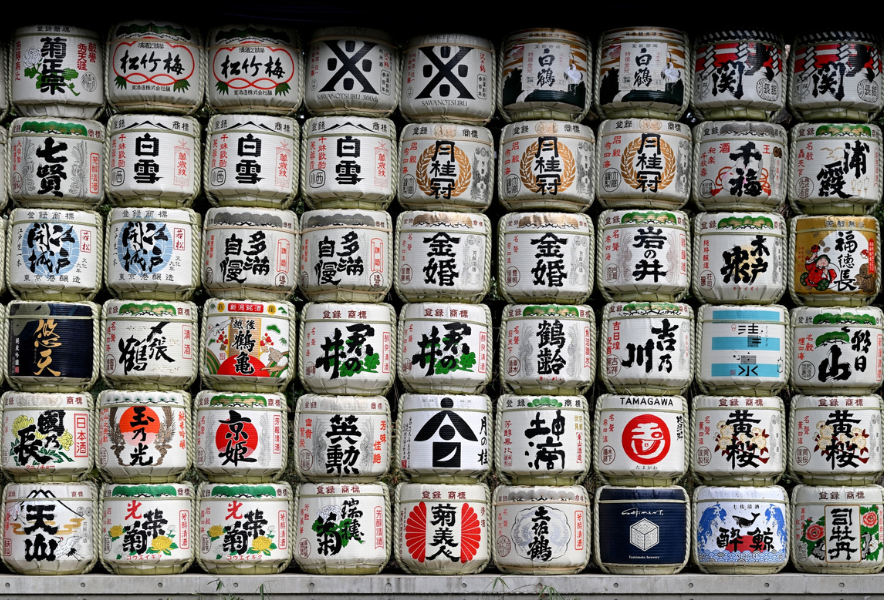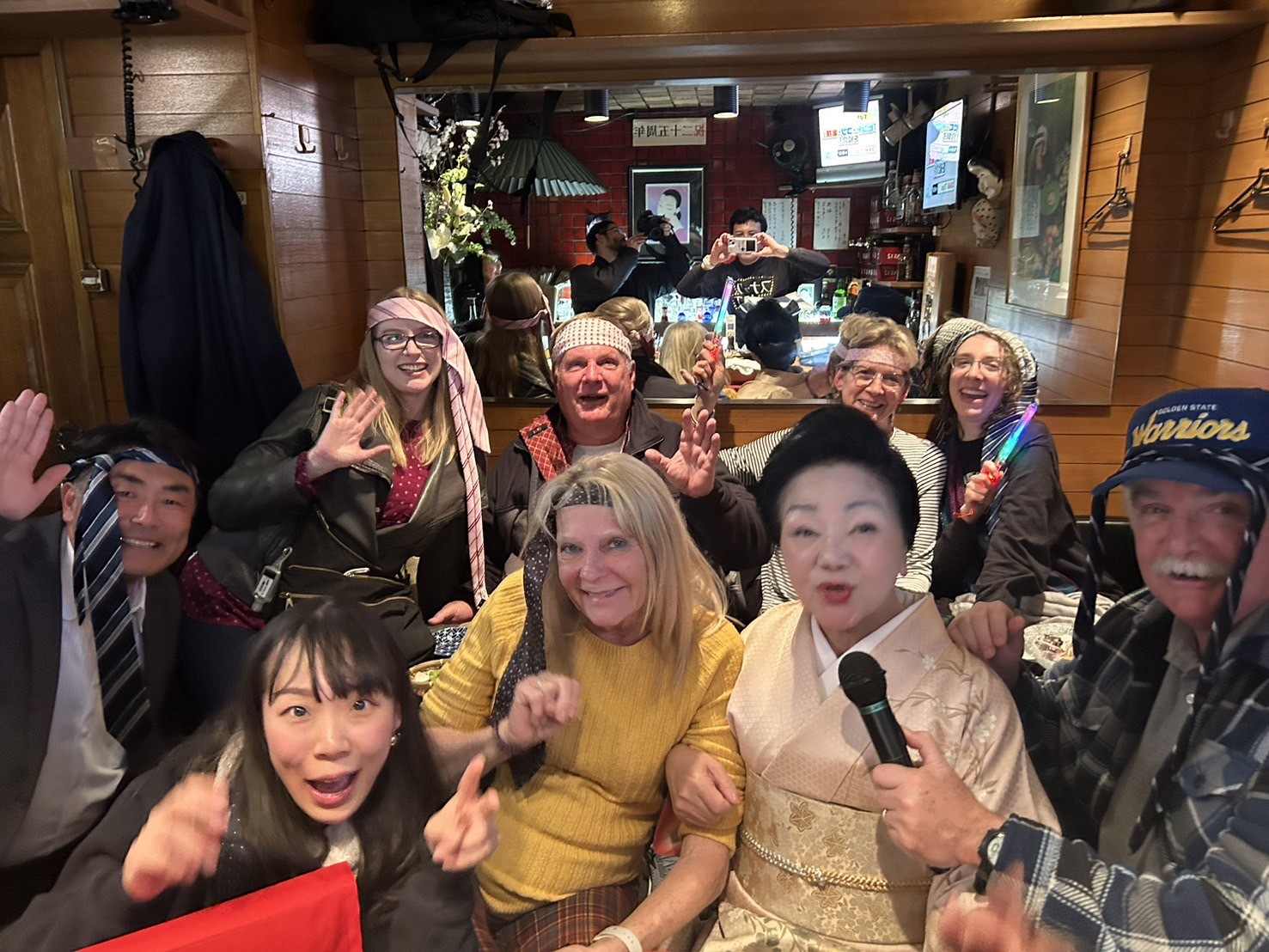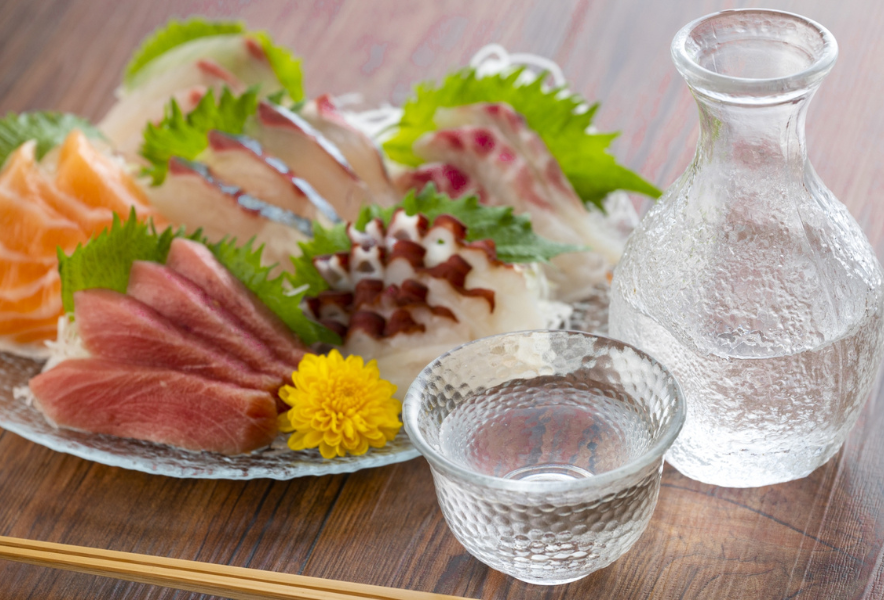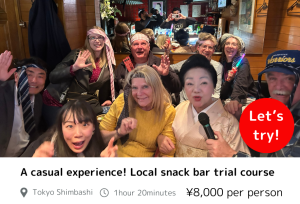Sake, a symbol of Japanese culture, continues to capture attention for its depth and versatility. At the heart of this beverage are the dedicated *toji* (master brewers) whose craftsmanship brings unique flavors to life in each brewery. Today, we’ll dive into the different types of sake, the passion behind its brewing, and this year’s most talked-about labels.
Contents
Types of Sake and the Rising Popularity of “Nama-shibori”
Sake comes in a wide range of types, with flavor profiles varying greatly based on brewing methods. Among the more popular recent trends are *Nama-shu* (unpasteurized sake) and *Nama-shibori* (freshly pressed sake).
– **Nama-shu (Unpasteurized Sake):**
This sake is not heat-treated, allowing its fresh, fruity aroma to shine. It’s often enjoyed for its refreshing, vibrant taste.
– **Nama-shibori (Fresh-Pressed Sake):**
Sake that is bottled immediately after pressing, capturing the raw essence of the rice with a bright acidity and rich flavor. Brewers emphasize preserving the freshness in *Nama-shibori* by carefully controlling the fermentation process.
A renowned *toji* (master brewer) noted, “In *Nama-shibori*, our focus is on locking in the fresh aroma and bold taste, offering a truly unique drinking experience.”
The Toji’s Craft: Insights on This Year’s Sake
The *toji*’s expertise plays a crucial role in the quality of sake. This year’s sake production has been particularly fruitful due to favorable weather conditions and exceptional rice quality. According to one *toji*, “The 2024 batch highlights the deep umami of the rice and a smooth mouthfeel, with *Nama-shibori* being especially popular among enthusiasts.”
Popular Sake Labels: Kubota, Hakkaisan, Dassai, and More
In the world of sake, a few breweries consistently stand out, offering some of the most beloved varieties. Here are this year’s must-try brands:
– **Kubota (久保田):**
Hailing from Niigata, Kubota is famous for its clean, dry taste (*tanrei karakuchi*). Two popular varieties include:
– *Kubota Manju (萬寿)*: A refined, elegant *daiginjo* with a polished flavor.
– *Kubota Senju (千寿)*: The standard offering, perfect as a food-pairing sake.
– **Hakkaisan (八海山):**
Another Niigata favorite known for its smooth, approachable flavor. Popular choices include:
– *Junmai Ginjo*: A well-balanced sake with a silky finish.
– *Tokubetsu Honjozo*: Lighter and crisp, ideal for newcomers to sake.
– **Dassai (獺祭):**
From Yamaguchi, Dassai has achieved global fame for its fruity aroma and elegant sweetness. Top picks include:
– *Dassai Junmai Daiginjo 45*: A staple, offering delicate balance.
– *Dassai 23*: Made with rice polished to just 23%, it boasts an exceptionally fruity and smooth profile.
– **Hoshi no Kanbai (星の燗梅):**
A newer label on the scene, known for its versatility. It can be enjoyed both chilled and warm, making it a favorite for all occasions.
The Range of Premium Sake: What Makes Prices Rise?
Some sakes command higher prices due to their limited production, the rarity of ingredients, or the meticulous craftsmanship involved. Here are a few examples:
– **High-Grade Daiginjo Sake:**
The more the rice is polished, the purer the flavor. Sakes with a rice polishing ratio below 50%, like *daiginjo* or *junmai daiginjo*, are typically more expensive.
– **Limited Editions:**
Some sakes are produced only in specific years or seasons, with special brewing techniques. A fine example is *Dassai 23*, polished to an astonishing 23%, offering a luxurious fruit-forward taste.
These premium sakes, such as *Kubota Manju* or *Dassai 23*, often become collectors’ items or sought-after gifts, raising their market value.
In Summary: This Year’s Sake Trends and How to Enjoy Them
2024 has been an excellent year for sake, with brewers harnessing their craft to create exciting varieties such as *Nama-shibori* and exquisite *ginjo* and *daiginjo* sakes. Whether you’re a fan of clean, dry *Kubota*, or prefer the fruity sweetness of *Dassai*, there’s never been a better time to explore the rich world of sake.
For those who appreciate the premium experience, indulging in a rare *daiginjo* sake can elevate any special occasion.
Let’s go to Izakaya and a Japanese Snack-bar with a fun guide!!
You can enjoy many kinds of drink at Izakaya and drinking culture Snack Bars, beloved by many but you can’t enter without a guide. You can enjoy communication with the owner and other customers, as well as singing karaoke, allowing for a relaxing time.
Most snack bars have a policy of refusing entry to foreigners. However, with a tour, you’ll have a guide, so you can enter with peace of mind.
When visiting Japan, don’t just check off the tourist spots –
dive into local experiences for an unforgettable journey!

Once you experience it, you’ll be captivated too! The charm of snack bars.

New encounters with people! The camaraderie of singing at a snack bar! Conversations with the mama-san!





